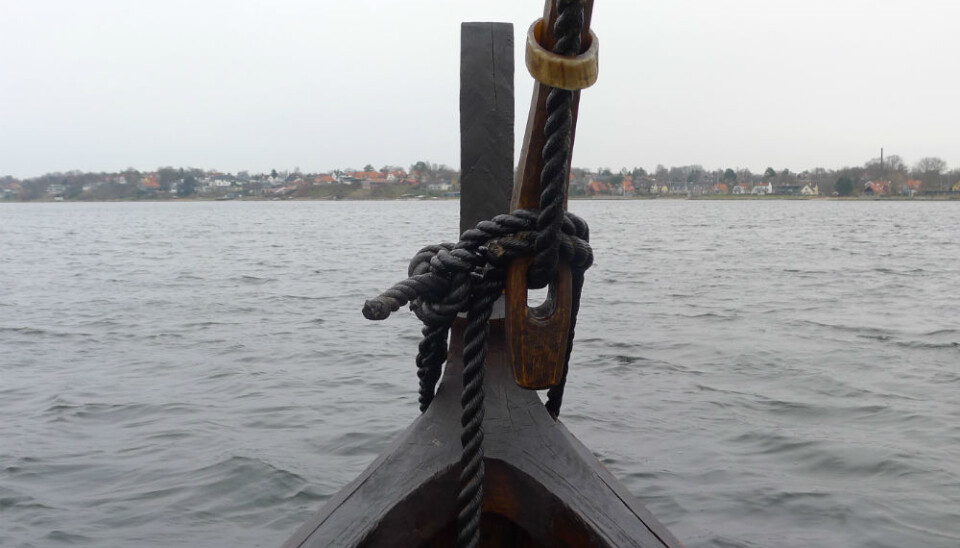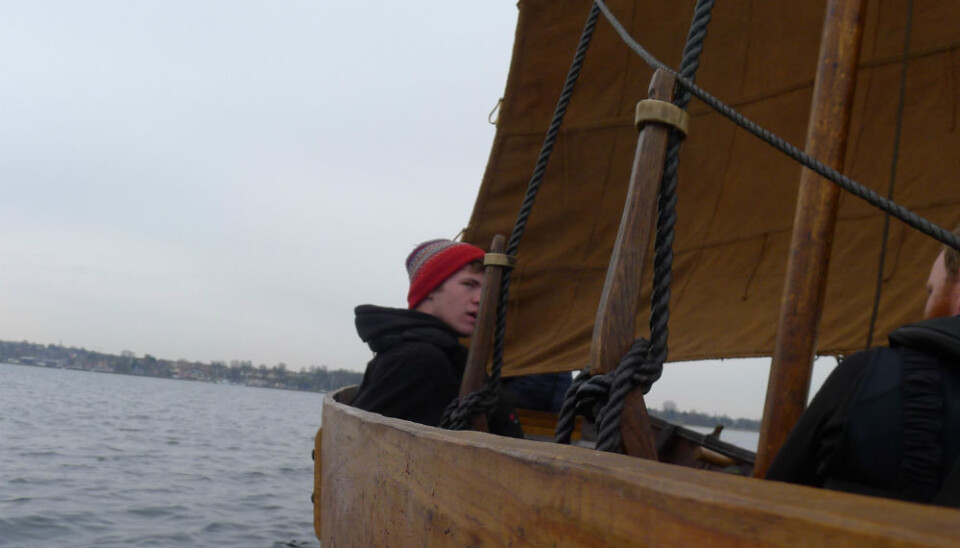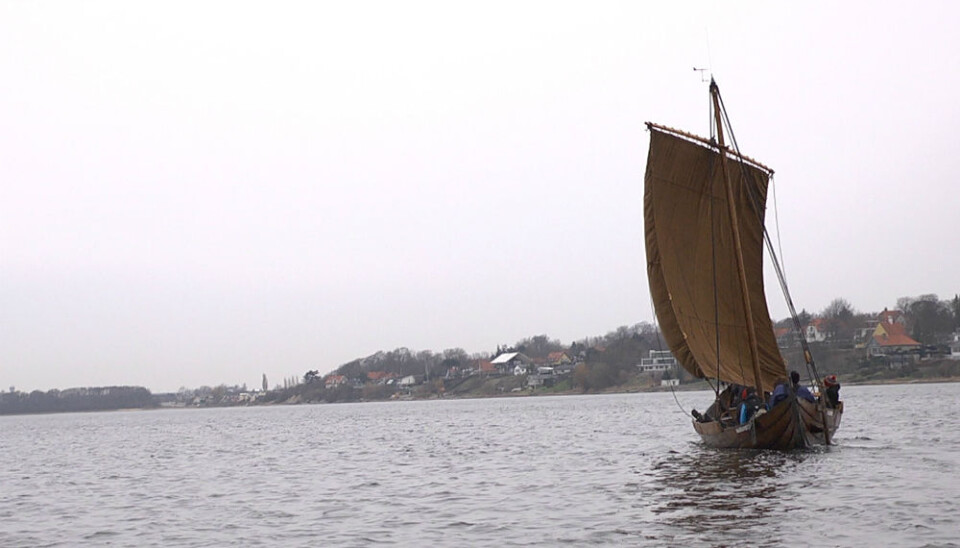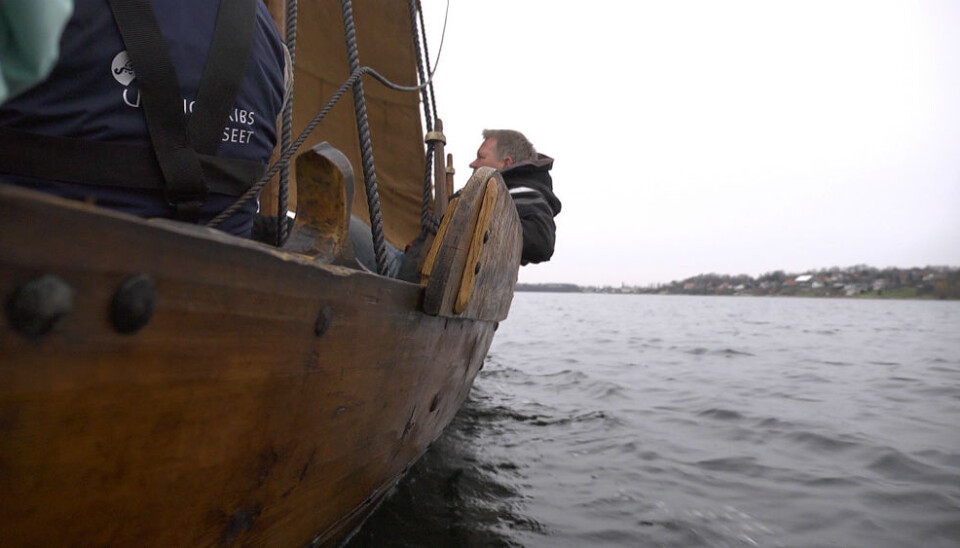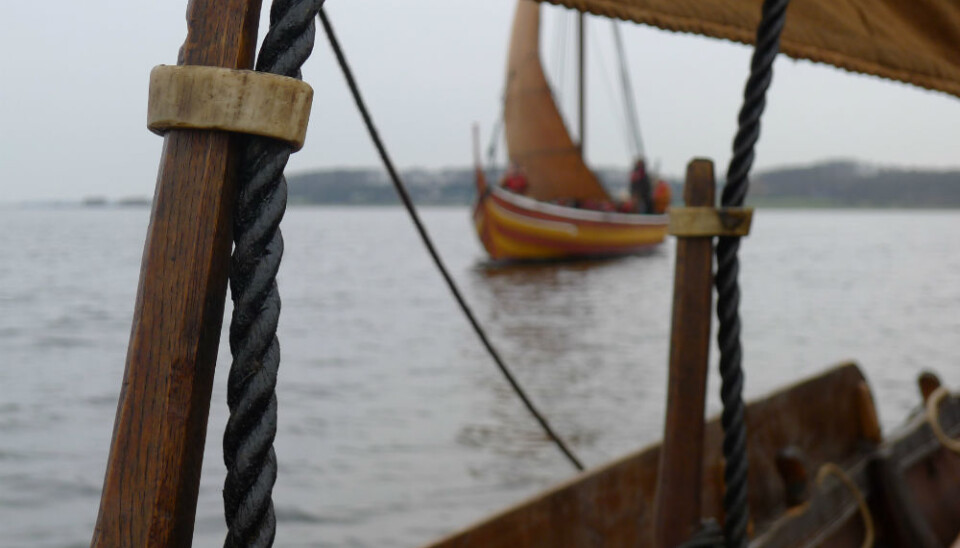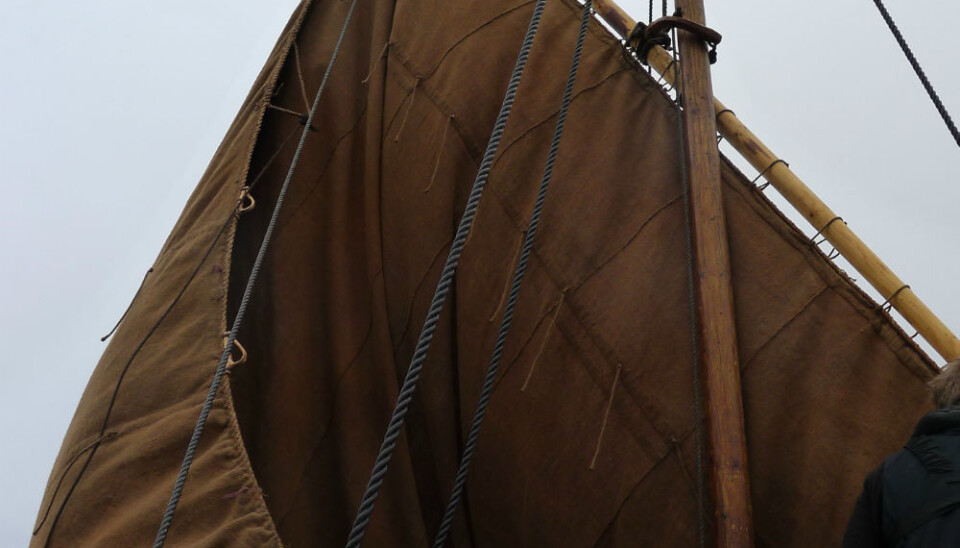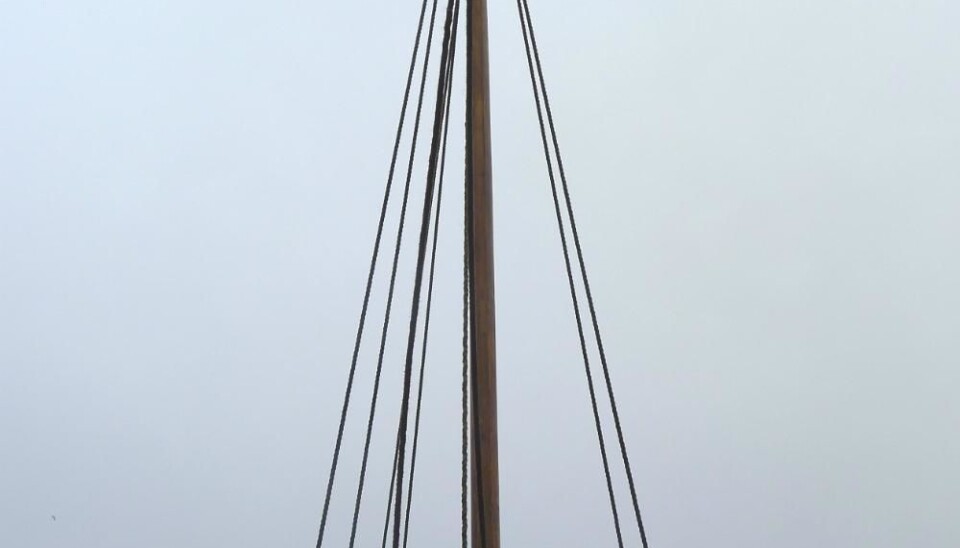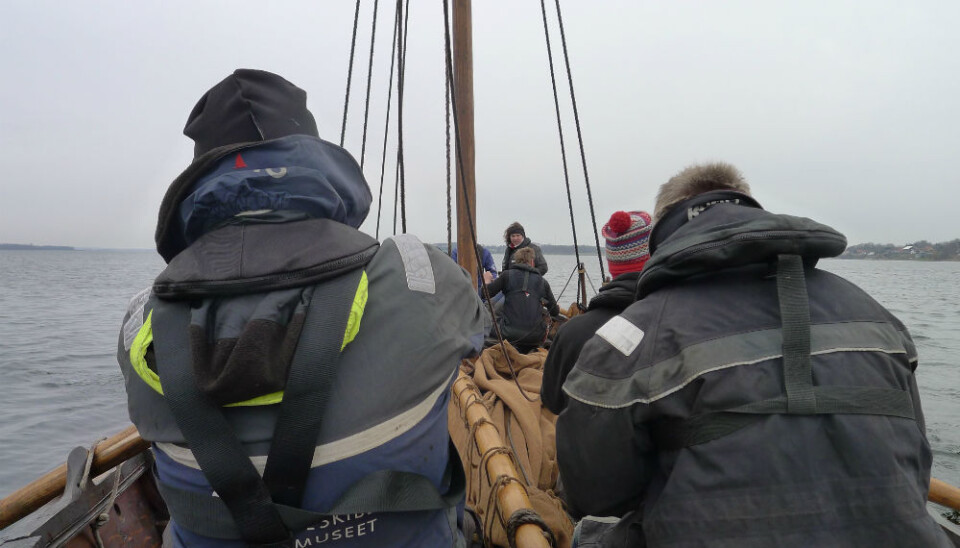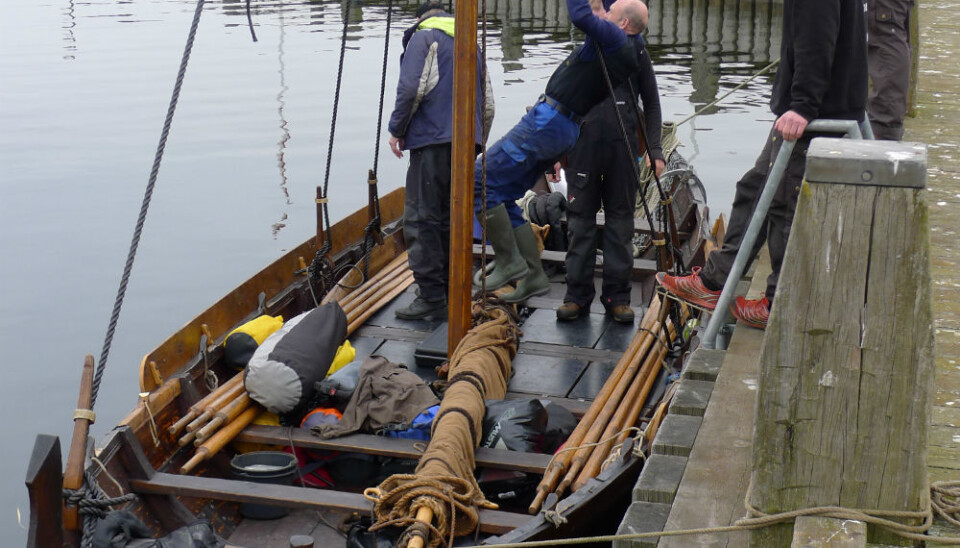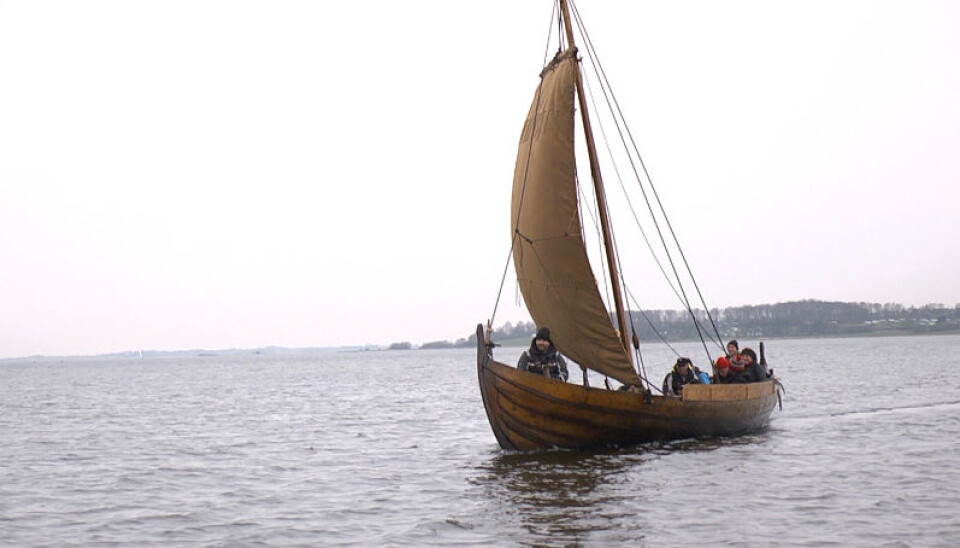Replica Viking ship will recreate Norse voyages in Greenland
GREENLAND: Eight volunteers will set sail in June to recreate the original Norse adventure along the west coast of Greenland. During the voyage, archaeologists hope to learn more about the Greenlandic Norse culture.
“Get ready to tack!” shouts skipper Ole Sand to his crew, on board the 35-foot replica Viking ship ‘Skjoldungen.’
The volunteer crew are training for a six-week voyage, recreating a part of the original Viking voyage from Scandinavia to Greenland, almost 1000 years ago.
They will be sailing up the south west coast of Greenland from Nanortalik to Nuuk, as part of an experimental archaeological field trip.
Their vessel is a replica of the Skudelev 6 boat, which was discovered in the Roskilde fjord, Denmark, in 1962, and built in Norway around 1030 CE.
It was a small boat and probably not suitable for an ocean crossing. But it could have served as a fishing boat, hugging the coastline from village to village, says Morten Ravn, curator and research coordinator from the Viking Ship Museum, Roskilde, Denmark.
"We know that sailing was very important to the Norsemen in Greenland. But we know very little about how it was done in practice, "says Ravn.
Investigating Norse culture in Greenland
Ravn hopes that the expedition will help them understand some of the challenges that the Vikings might have faced during their voyage.
"How long did it take to sail from place to place? How did they view the coast through sailors’ eyes? How did they deal with tides and pack ice during the voyage?" says Ravn.
It can help to give an idea about how Norse communities were organised.
“Communities, the clerical residence, and churches, were all situated along the coast. So it’s the sea that connected these people. But how mobile were they? If we can find out more about that, then we’ll also learn more about both the political and economic culture,” says Ravn.
The experiment is also a social experience as the volunteers--six men and two women, between 18 and 60 years old--will need to acclimatise to each others company throughout the six week voyage.
“The plan is to go ashore every day and camp. But we can all sleep in the boat if we do not find a suitable place,” says volunteer crew member Ingeborg Nielsen, who along with the other volunteers, has been involved with the project for three years.
Rifle-gun and satellite phone on-board
The trip will not be totally devoid of mod-cons.
Even if though they are sailing in the wake of the Vikings, Nielsen and the rest of the crew will take advantage of some modern technology, including sleeping bags and camping stoves, modern navigation equipment, a satellite telephone, and of course a rifle for any overtly curious polar bears.
But other aspects of the trip will be more reminiscent of Norse times, including catching their own food at sea.
“We don’t have much room on-board and it simply isn’t possible to take food for the entire trip with us. So we’ll have to fish along the way,” says Nielsen.
Skuldelev-6 likely transported to Denmark
But how do they know that they will discover relevant information? It is, after all 1,000 years later, with perhaps very different environmental conditions. And they are not even 100 per cent sure that this is the type of boat that the Norsemen used.
Skuldelev 6 is believed to have been built in Norway and sailed to Denmark, but it’s unlikely that it could make the journey across the Atlantic unaided.
“A boat like Skuldelev 6 could have been towed by another boat, or it might have been built on site in Greenland,” says Ravn.
This is exactly the point of experimental archaeology—trying to figure out what was possible by doing it, he says.
Experimental archaeology leads to ‘eureka!’ moments
It might not yield hard evidence, but such an expedition is a great idea, says Henriette Lyngstrøm, associate professor of archaeology at the University of Copenhagen, Denmark.
"Experimental archaeology can be a good alternative method. It helps to get us out from behind the desk and the Viking Ship Museum have helped to develop this into a world-class method,” says Lyngstrøm.
“It can inspire archaeologists and really move the research along. There can be some ‘eureka!’ moments,” she says.
Skjoldungen will be transported to Greenland in May by cargo ship. The expedition will launch in June and the crew hope to reach Nuuk by 13th August.
-------------
Read the Danish version of this article on Videnskab.dk
Translated by: Catherine Jex
